(DS 21/6) - In 1927, Huynh Thuc Khang and his "associates" decided to open a Vietnamese-language newspaper in Central Vietnam. According to him, "a million soldiers are no match for a single newspaper." In "Huynh Thuc Khang's Chronology & Poems in Reply to Prince Cuong De" (Culture and Information Publishing House, 2000), he states: "There is a noteworthy event: Mr. Sao Nam and his associates organized a political party and simultaneously launched a newspaper. The majority approved, and hoped that a few prominent figures of the time would take on the responsibility. But in my opinion, a newspaper in Central Vietnam was more necessary, while the issue of a political party was secondary..." (page 62).
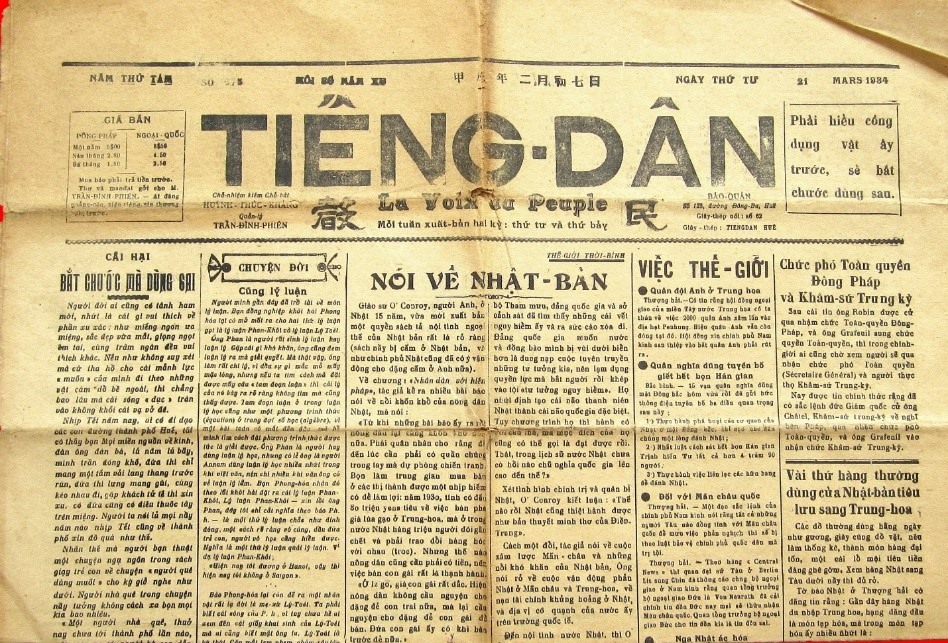
Therefore: “In the first year of Bao Dai (Binh Dan - 1926)… On the opening day of the assembly, I was again elected Speaker by the delegates. After the first opening of the Council, I and my colleagues planned to apply to open a newspaper, because there had never been a newspaper in Central Vietnam before” (pages 61, 62).
On October 8, 1926, he submitted an application to publish a newspaper, with its headquarters in Da Nang . On February 12, 1927, the Governor-General of Indochina, Pasquier, signed a decision allowing the newspaper to be established, but with strict regulations and requiring the relocation of its headquarters to Hue.
The intention of this article is not to discuss the "characteristics" and operational situation of the newspaper, but merely to use the story of how the newspaper was named back then to reflect on a social phenomenon a hundred years later.
Many documents suggest that the newspaper was initially intended to be named "Trung Thanh," meaning both an honest voice and the voice of Central Vietnam. Then someone suggested the name "Dan Thanh," meaning the voice of the people. Mr. Huynh consulted Mr. Phan Boi Chau, who replied, "Since it's a Vietnamese-language newspaper, wouldn't the name 'Tieng Dan' (Voice of the People) be clearer?"
Thus, the two esteemed Confucian scholars agreed to give the newspaper a purely Vietnamese name: Tiếng Dân (Voice of the People). From August 10, 1927, the newspaper appeared before the public with the words "Tiếng Dân" (Voice of the People) printed in large, bold letters at the top; below it, the French phrase "La Voix du Peuple" (The Voice of the People) was printed in small letters. Just by looking at the name of the newspaper, readers could easily see its purpose as well as the character of its founder.
The very name reveals the newspaper's proponents' radical spirit of "innovation and reform." They were not "slaves" but had broken away from the old culture they had been immersed in, contributing to the "purification of the Vietnamese language."
It's worth remembering that at that time, although classical Chinese studies were no longer flourishing throughout the country, the Vietnamese Quốc ngữ script was not yet widespread. Most newspaper names were Sino-Vietnamese words, such as Nữ giới chung (The Bell of Women), Phụ nữ tân văn (New Women's Newspaper), Nông Cổ mín đàm (Discussing farming and trading while drinking tea), Hữu Thanh, Nam Phong, Thanh Nghị, Tri Tân…
Previously, due to the domination of the Chinese feudal regimes, our ancestors had no choice but to use Chinese characters in written documents and Vietnamese for daily communication.
Therefore, ancient Vietnamese texts were all written in Chinese characters, following the grammar and style of classical writing. Thus, texts, temples, shrines, ancestral halls, steles, horizontal plaques, couplets, and banners used in worship—all written in Chinese characters following the grammar and style of classical writing—were widely used.
With a spirit of self-reliance, our ancestors sought to escape this situation by inventing the Nôm script. The Nôm script is essentially a modified version of Chinese characters, borrowing pronunciation or meaning to create Vietnamese words and their meanings. Therefore, when someone speaks or writes in Nôm script, they are essentially writing Chinese characters that have been re-transformed into Vietnamese pronunciation, understandable only to Vietnamese speakers.
Today, although Chinese characters are now only a tool for studying ancient culture, many people still cling to the idea of "preserving traditional culture" and use Chinese characters with their classical grammar and style (I'm not talking about Sino-Vietnamese words). This is most evident in the construction of churches, temples, and tombs.
Nowadays, few people can read Chinese characters, yet the inscriptions and nameplates of many ancestral temples and shrines are written in Chinese characters with archaic grammar. Instead of writing in Vietnamese, the names of Nguyen (Le, Huynh, Tran...) ancestral temples or Nguyen (Le, Huynh, Tran...) family ancestral halls are written in Chinese characters: 阮(黎,黃, 陈 …) 祠堂 (Nguyen (Le, Huynh, Tran)… ancestral hall).
Sometimes, they even add a sarcastic note below with a similar meaning in Nôm script. Given its use of Chinese characters and archaic grammar, few people today can read and understand it, let alone in the future.
In writing and reading ancestral worship texts, Vietnamese people have traditionally communicated in Vietnamese, yet during ancestral worship ceremonies, they recite prayers in classical Chinese characters with an ancient grammatical style that is still used today. For example, consider a passage from an ancestral worship text: “Vietnam, Quang Nam province, … district, … commune, … village, … region. Year… month… day… Now, for the sake of our esteemed ancestor…, the entire family, men and women, young and old, sincerely offer incense, candles, wine, pure water, flowers, fruits, and other offerings… We respectfully present these offerings…” After reading/listening to this text, how many of us, as descendants, understand the meaning of the words and phrases?
Recalling the story of naming the newspaper back then prompts reflection on a current social phenomenon: the desire for appropriate responses that align with what is called "preserving traditional values"!
Source


![[Photo] Prime Minister Pham Minh Chinh receives Lao Minister of Education and Sports Thongsalith Mangnormek](/_next/image?url=https%3A%2F%2Fvphoto.vietnam.vn%2Fthumb%2F1200x675%2Fvietnam%2Fresource%2FIMAGE%2F2025%2F12%2F16%2F1765876834721_dsc-7519-jpg.webp&w=3840&q=75)

![[Photo] Prime Minister Pham Minh Chinh receives the Governor of Tochigi Province (Japan)](/_next/image?url=https%3A%2F%2Fvphoto.vietnam.vn%2Fthumb%2F1200x675%2Fvietnam%2Fresource%2FIMAGE%2F2025%2F12%2F16%2F1765892133176_dsc-8082-6425-jpg.webp&w=3840&q=75)

![[Image] Leaked images ahead of the 2025 Community Action Awards gala.](/_next/image?url=https%3A%2F%2Fvphoto.vietnam.vn%2Fthumb%2F1200x675%2Fvietnam%2Fresource%2FIMAGE%2F2025%2F12%2F16%2F1765882828720_ndo_br_thiet-ke-chua-co-ten-45-png.webp&w=3840&q=75)
![[Live] 2025 Community Action Awards Gala](/_next/image?url=https%3A%2F%2Fvphoto.vietnam.vn%2Fthumb%2F1200x675%2Fvietnam%2Fresource%2FIMAGE%2F2025%2F12%2F16%2F1765899631650_ndo_tr_z7334013144784-9f9fe10a6d63584c85aff40f2957c250-jpg.webp&w=3840&q=75)


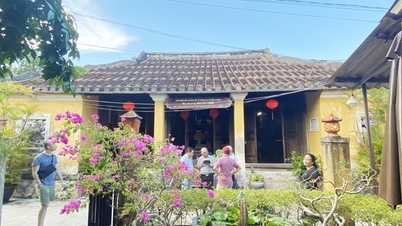
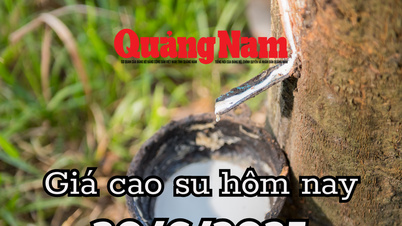
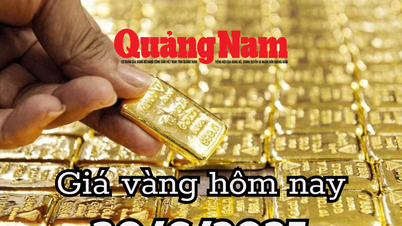

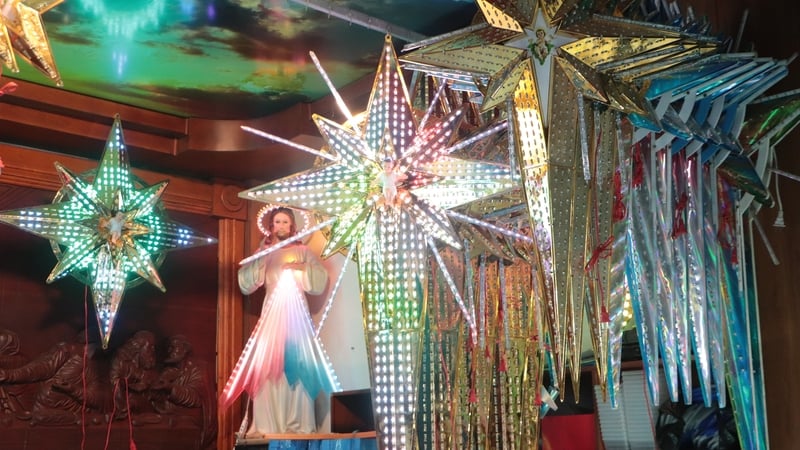






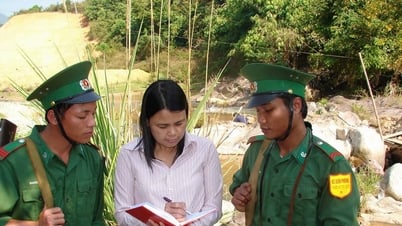
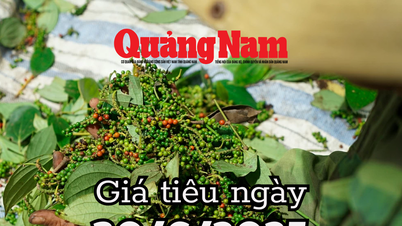





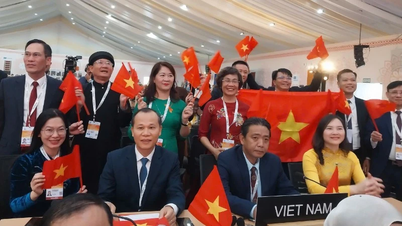







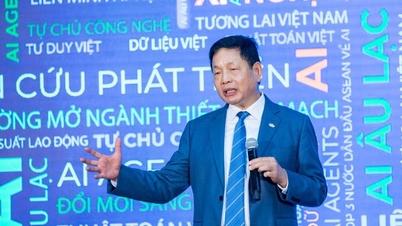

























![[Photo] Prime Minister Pham Minh Chinh attends the Vietnam Economic Forum 2025](https://vphoto.vietnam.vn/thumb/402x226/vietnam/resource/IMAGE/2025/12/16/1765893035503_ndo_br_dsc-8043-jpg.webp)




































Comment (0)